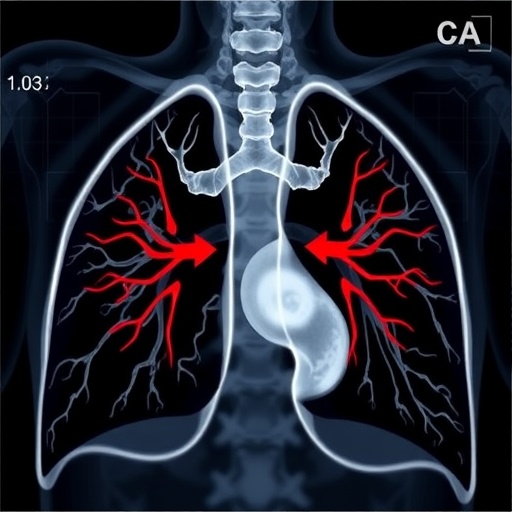CA 15-3 is an epitope of the MUC1 glycoprotein. MUC1 is a transmembrane mucosa-associated glycoprotein and contains a large extracellular domain, a transmembrane region and a cytoplasmic tail. The extracellular portion of MUC1 consists of numerous tandemly repeating peptide sequences. These repeats lead to a long and protruding structure of the protein and form a tight mucous layer on the surface of epithelial cells.
These tandem repeats are peptide sequences, each about 20 amino acids long and usually rich in proline, threonine and serine. They are also rich in O-glycosylation sites, meaning that various sugar molecules are attached to the serine and threonine residues of these repeats. This glycosylation greatly affects the biological properties of MUC1 and contributes to the hydrophilic nature of this molecule.
CA 15-3 is an epitope that is part of these tandem repeats and binds specifically to MUC1. This antibody binds to a specific amino acid sequence of the MUC1 protein and this binding is used for the quantitative measurement of CA 15-3. Abnormal glycosylation of the MUC1 protein leads to this protein playing an important role in cancer biology and metastasis. Abnormal MUC1 can alter cell-cell and cell-matrix interactions, decrease cell adhesion and increase the metastatic potential of cells.
Carcinoembryonic Antigen (CEA) is a molecule that plays an important role in cancer biology and diagnosis. It is encoded by a gene belonging to the CEACAM family located on chromosome 19 in the human genome and this family contains a number of similar genes and pseudogenes, which also contributes to the genetic diversity of the protein. CEA is a transmembrane glycoprotein and contains a large extracellular portion, a transmembrane portion and a small cytoplasmic tail. The extracellular portion consists of many immunoglobulin (Ig)-like domains, which play important roles in intercellular adhesion and interactions with the extracellular matrix. Furthermore, this part is heavily glycosylated, i.e. a large number of sugar molecules are added, which increases the solubility and circulating stability of the protein.
The cell membrane-integrated transmembrane and cytoplasmic tail of CEA interact with intracellular signalling pathways. However, the shortness of the cytoplasmic tail indicates that this protein plays a limited role in intracellular signalling. CEA has several isoforms through alternative sequence splicing and these isoforms allow the protein to show different functions in different cell types and tissue environments. Some CEA isoforms are soluble and circulate freely in serum. Normally expressed at low levels, CEA can increase to excessive levels in various types of cancer and is released into the bloodstream in free form. This allows CEA to be used clinically as a tumour marker.
For these reasons, the use of CA 15-3 and CEA tumour markers is quite common in cancer diagnosis and treatment. These markers play a critical role, particularly in the early detection of metastatic disease and early detection of recurrence. During follow-up, levels of these markers can detect recurrences 40-60 per cent of the time, before clinical or radiological evidence of disease, and are effective in tracing disease 2 to 18 months in advance. Measuring both serum markers together allows early detection of metastasis in approximately 60-80 per cent of patients.
Elevated levels of CA 15-3 and CEA are most commonly observed in luminal subtypes, whereas this increase is lower in HER2-enriched and triple negative (TN) subtypes. The relationship between metastatic location and tumour marker levels affects the rate of change of the relevant marker. Increased CA 15-3 levels are more commonly observed in patients with exon 19 mutations, typically accompanying bone metastases, liver metastases, and pleural effusions. A significant increase in CA 15-3 levels is observed in patients with multiple metastases, reflecting tumour burden. Elevated CEA levels are observed regardless of the site of metastasis.
In the light of this information, we can conclude that the use of CA 15-3 and CEA in clinical practice has an important place in the management of cancer patients. The levels of these markers are critical for early diagnosis, follow-up and evaluation of response to treatment. Especially in determining the location and number of metastases, the measurement of these markers can play an important role in understanding the course of the disease and determining appropriate treatment strategies.






